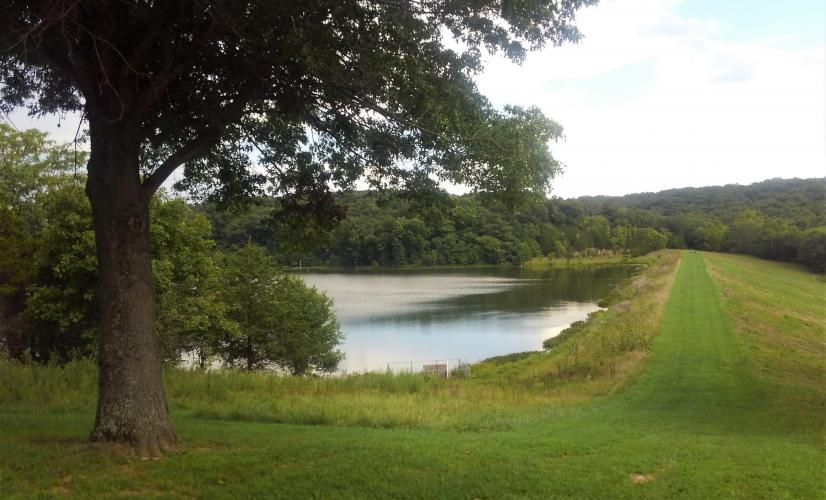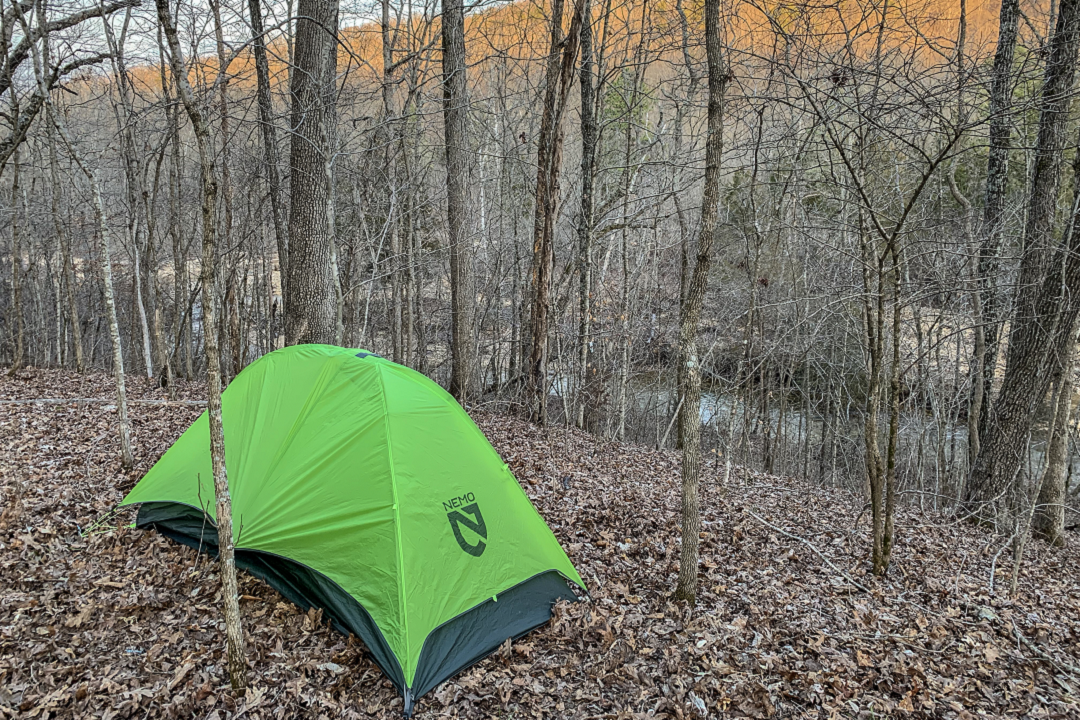Free camping is exactly what it sounds like: camping without charge. Other names include dispersed camping, primitive camping, and backcountry camping.
Most free camping areas/sites can be found on Bureau of Land Management (BLM) land or in National Forests (not National Parks), but there are other organizations that offer a night under the stars gratis, such as the Department of Fish & Wildlife.
A free campsite might be favorable to your bank account, and they might help you avoid the summer and holiday camping crowds, but before grabbing your backpack, tent, and sleeping bag, there are a few considerations. Free campsites usually mean little to no amenities — things such as toilets, potable water, fire rings, picnic tables, bear lockers, and even paved roads leading to the campsites can seem like frills until they aren’t there.
You’ll need to remember the idiom “pack it in, pack it out.” Carry out all of your personal garbage and make sure all fires are completely extinguished before sleeping or leaving camp. Bring a poop trowel, hand sanitizer, and toilet paper and know how and where to dig a cathole. Understand the Leave No Trace Principles and remember to take only pictures, leave only footprints.
I asked a few outdoors types across Missouri and in southern Illinois about their favorite free campsites, and this is what I gathered.
The clear winner in both popularity and size is the 1.5-million-acre Mark Twain National Forest. This area covers 29 different counties in southwest Missouri and boasts 750 miles of trails for hikers, horseback riders, and mountain bikers. In addition, there are ample streams and creeks to keep kayakers, canoers, tubers, and anglers satisfied.
Beaver Lake Recreation Area is a popular spot within the southern part of Mark Twain National Forest. Northwest of the tiny village of Stringtown, Missouri, the 15-acre lake has no facilities other than a gravel boat ramp. Boats without motors, or those using small electric ones, are allowed, and the lake is stocked with channel catfish, bluegill, redear sunfish, and black bass.
The next most mentioned was the 563-acre Ben Branch Conservation Area in Osage County, Missouri, 10 miles north of Linn off Highway 89. Facilities near the man-made lake include a 12-vehicle camping area, a fishing dock, a privy accessible to persons with disabilities, and two large parking areas. Fishing, birdwatching, hunting, and trapping seem to be the main attractions. And here’s an added bonus: Ben Branch is less than eight miles from Frankenstein, Missouri, a small, rural community with all the Ozarkian charm you would expect — and none of the monsters.

Ben Branch Lake.
Big Creek Conservation Area near Kirksville, Missouri, is very popular with free campers. There are three different designated camping areas spread throughout the more than 1,000-acre space, where you can hike, mountain bike, fish, birdwatch, and hunt among the forests, savannahs, and woodlands. I was told that trash receptacles will be your only amenities.
The 879-acre Poague Conservation Area, about four miles west of Clinton, Missouri, on Highway 7, is popular with campers, hikers, anglers, and hunters. There are several designated camping areas and multiple parking lots in this area, but don’t count on any other amenities. A couple of campers reported seeing bald eagles in the vicinity.
About 45-minutes due north of Kansas City lie the 94 acres of wilderness known as the Agency Conservation Area. You can enjoy city life during the day and camp under the stars at night for much less than the price of a hotel. I’m told a parking lot and camping area are located just off Rock Creek Road SE on the east side of the conservation area. This destination is popular with birdwatchers, anglers, and hunters, and trapping is possible in season with a permit. Don’t expect a whole lot of amenities, but the gravel parking lot seems to work for RVs.
The last free Show-Me State camping area I’ll mention is managed by the Department of Fish & Wildlife: the Thomas Hill Reservoir, which is located due west of Excello. There are large camping and RV areas right next to the lake with picnic tables, fire rings, and shade structures. One person told me there were non-potable water spigots and vaulted toilets in the camping area. The trees are sparse, but the campsites are spaced somewhat far apart. Amenities include a fishing pier, two boat ramps, and a fish cleaning station.
Last but certainly not least, a gem in southern Illinois is the Shawnee National Forest near Pomona. According to National Forest’s website, primitive camping is allowed with the exception of in developed recreation areas, natural areas, along lake shores, near streams, or on trails. Campers can stay up to 14 consecutive days.
A popular free camping area in Shawnee is the Turkey Bayou Campground. RVs will have to brave the 4-mile, gravelly entrance road, which is not recommended if there has been a lot of rain. You’ll find plenty of wooded drive-up spots as well as some sites along a lake (fall asleep to the sound of croaking frogs). Each has a fire ring and picnic table. I was told there’s a grocery store and gas station about 15 minutes away. One person reported there was a Porta-Potti, but another told me there were no toilets; be prepared. Cell phone service might be spotty, but not firefly and wild turkey sightings.
A lack of money doesn’t need to stop you from sleeping under the stars. Happy (free) camping!
Author: Morgan Paar is a regular contributor to Terrain Magazine.
Top Image: Backcountry packing in Mark Twain National Forest. (Morgan Paar)


My son and I did free camping in Missouri. We loved Paho and and place near Cameron maybe called Pony Express. Beautiful spots with fire rings and new outhouses. We also went Southwest Missouri and all beautiful.
When we went to camp at Paho gain, we were informed by the Rangers that you could only do free camping for only one month a year! I cleaned the outhouses everyday and and picked up garbage as I walked arpund. But they gave me a handbook that states that you cannot over stay. (Two weeks) We went to Texas and the Padre Islands. Beautiful and then on to New Mexico, Arizona and Nevada and Washington. Missouri had the most friendly, helpful people. But you cannot stay there. :/.